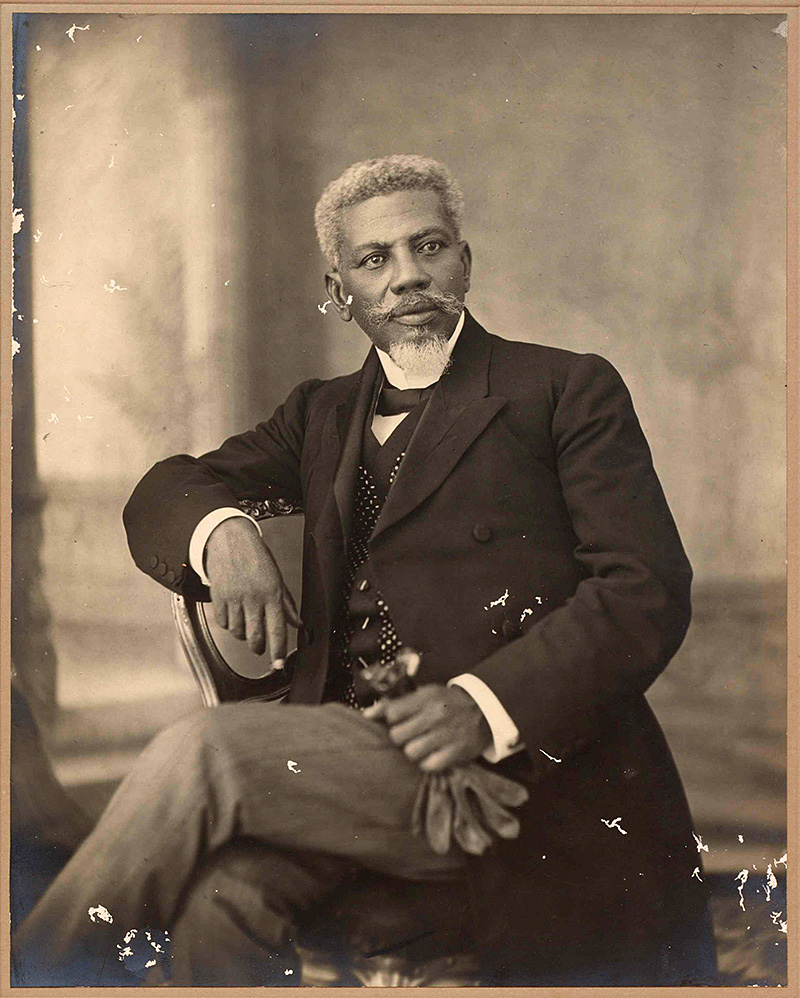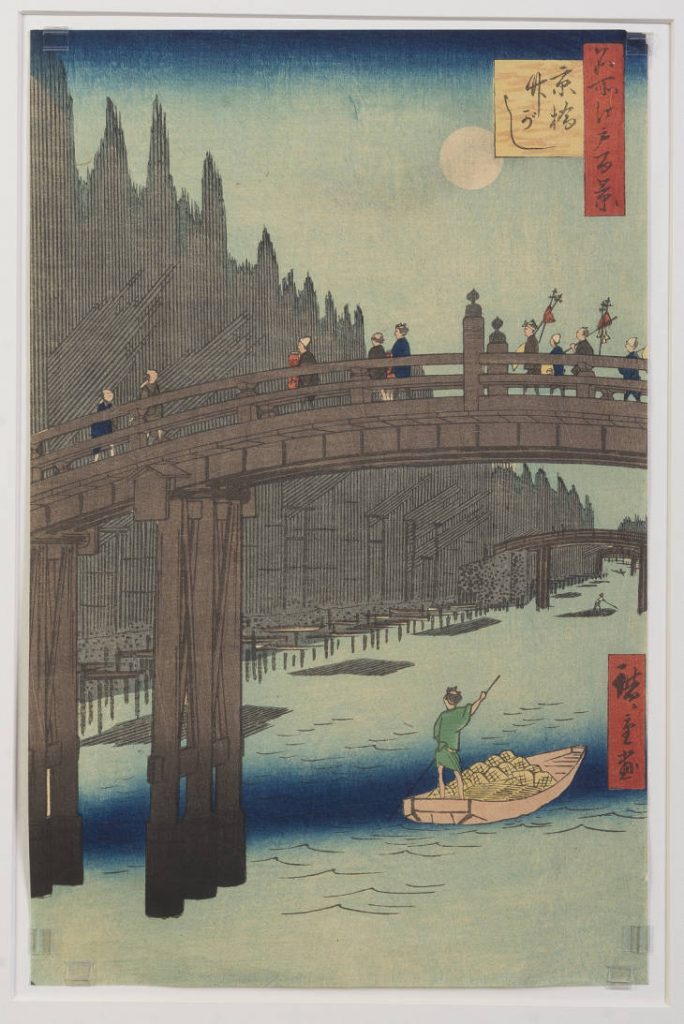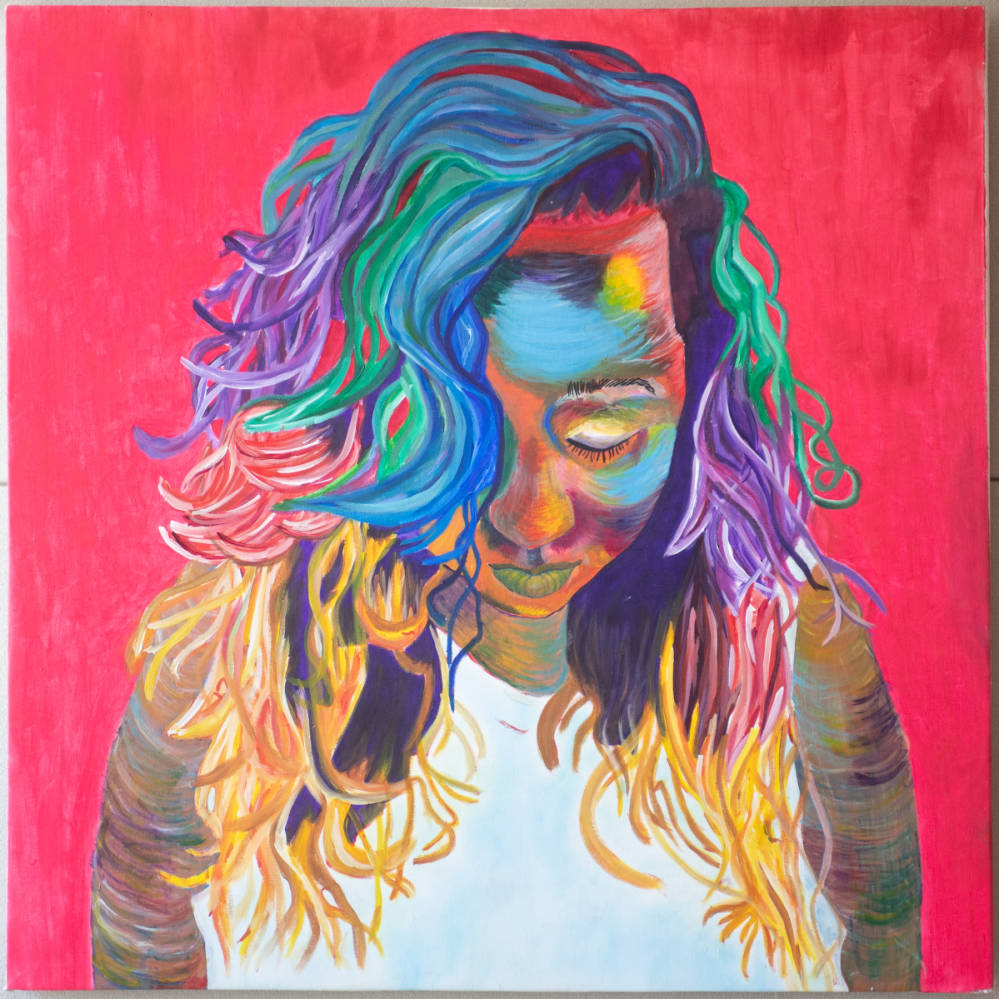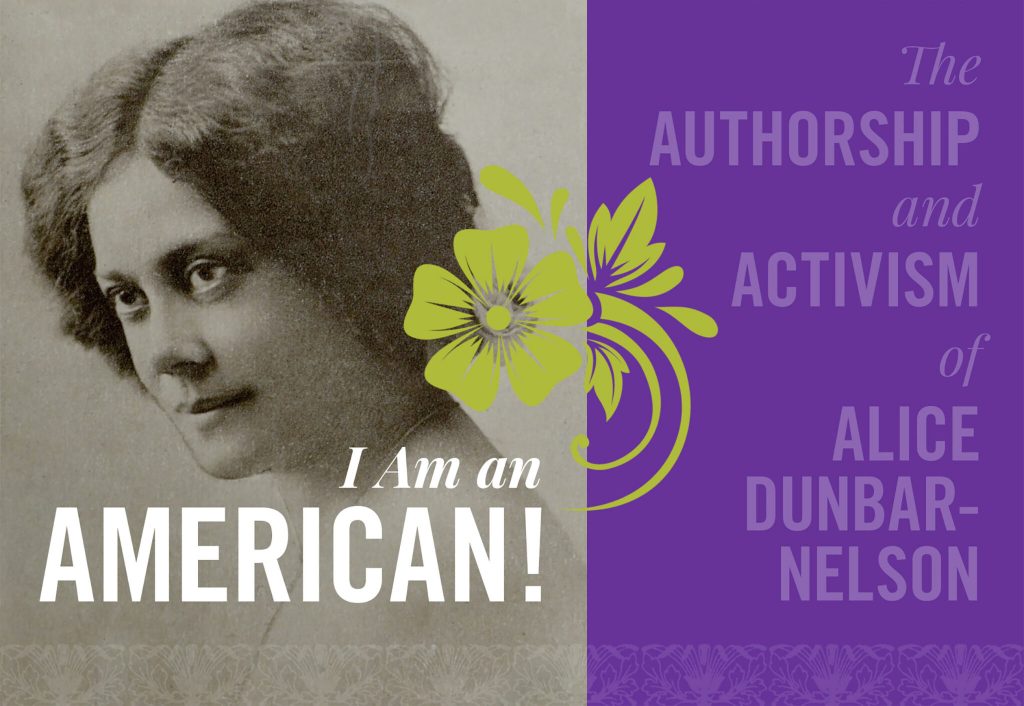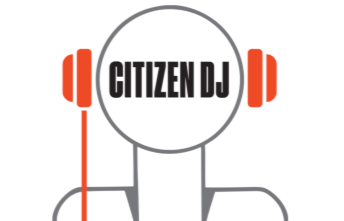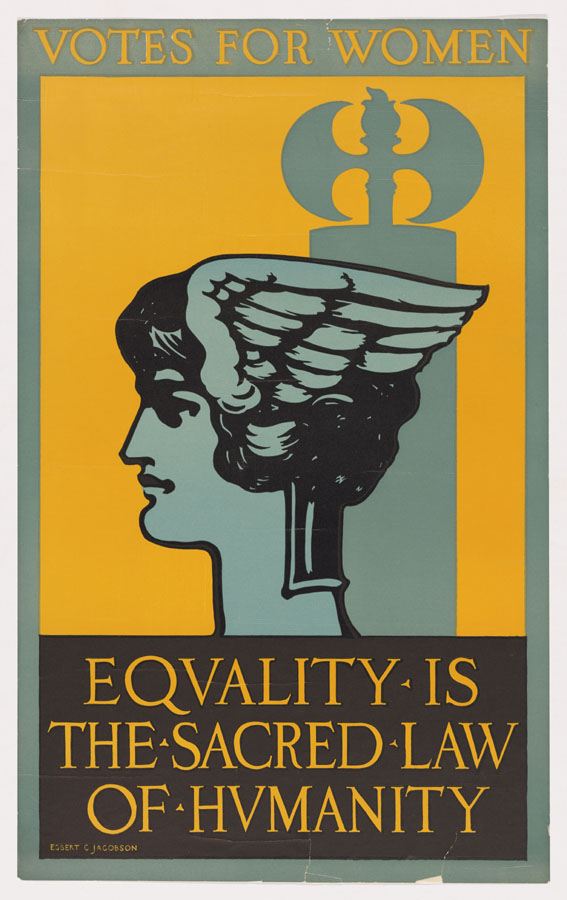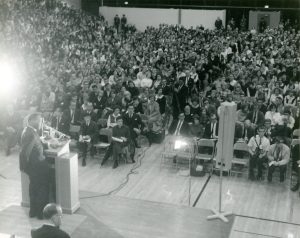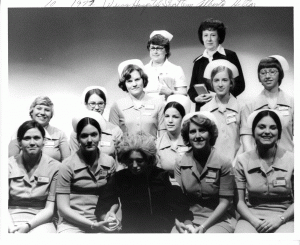The Black Metropolis Research Consortium (BMRC) Archives Portal offers access by searching or browsing content that is freely available to you in libraries, museums, archives, and other organizations in the Chicago area.
Since its founding in 2006, the BMRC has completed two major archival management projects making previously “hidden” collections available for researchers, scholars, and artists. The Consortium believes that web-based research tools provide an excellent opportunity for broadening access to unique primary source materials held in its members’ collections.
In celebration of its 15th anniversary in 2021, the BMRC created this online exhibit that documents the origins of the BMRC, its efforts to aid discoverability and access to Black historical collections, and the consortium’s flagship Summer Short-term Fellowship and Archie Motley Archival Internship programs.


